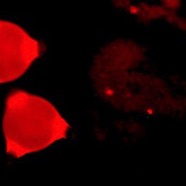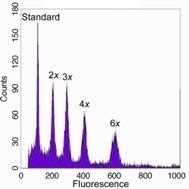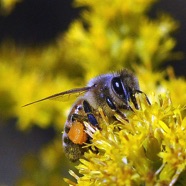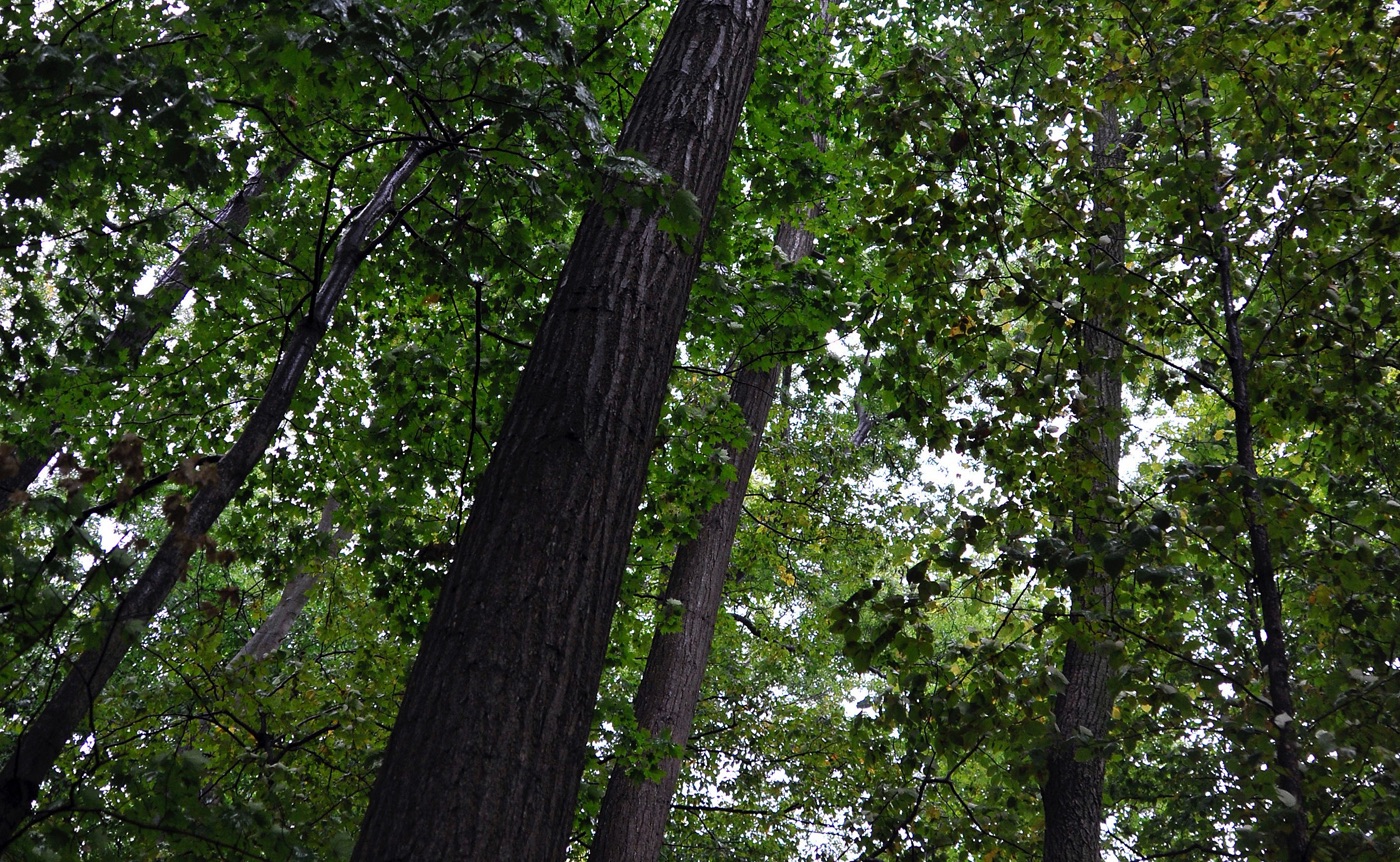Flow cytometry with plant tissue
Pollen flow cytometry
We have a strong interest in the development and application of flow cytometry protocols for studying pollen.
Pollen flow cytometry methods:
We have developed methods for extracting pollen nuclei and analyzing pollen data. We developed the method of "filter bursting" pollen to exract nuclei, a method that provides large sample sizes and good quality fluorescence data in many species (Kron and Husband, 2012). We have also developed methods and guidelines for estimating unreduced gamete production for this data (Kron and Husband, 2015).
Field and greenhouse applications:
We have used the methods we developed to identify sources of pollen collected directly from pollinators (Kron, Kwok and Husband, 2014) and to sex pollen in Rumex (Stehlik et al., 2007). We have carried out an experimental study of environmental impacts on unreduced gamete production (Sora, Kron and Husband, 2016) and estimated unreduced male gamete production in the field across multiple species in the Brassicaceae (Kreiner, Kron and Husband, in production).
Researchers: Paul Kron (Research Assoc.), Allison Kwok (M. Sc.), Dylan Sora (UG), Julia Kreiner (UG)

General Plant Flow Cytometry Methodology
We have a general interest in developing and promoting improved methods and protocols for the flow cytometric study of plant tissue. We have helped to advance the understanding of how flow cytometry works and how it can be applied to evolutionary biology and ecology (Kron, Suda and Husband, 2007; Suda et al., 2007). Our lab was involved in a collaboration with the T.R. Gregory and S. Newmaster labs to evaluate the use of desiccated leaf tissue for genome size estimation (Bainard et al., 2011). We have also been very active in developing methods for pollen flow cytometry (next section).


Having trouble with your plant tissue flow cytometry?
Try Paul's Top 10 tips for plant DNA flow cytometry

